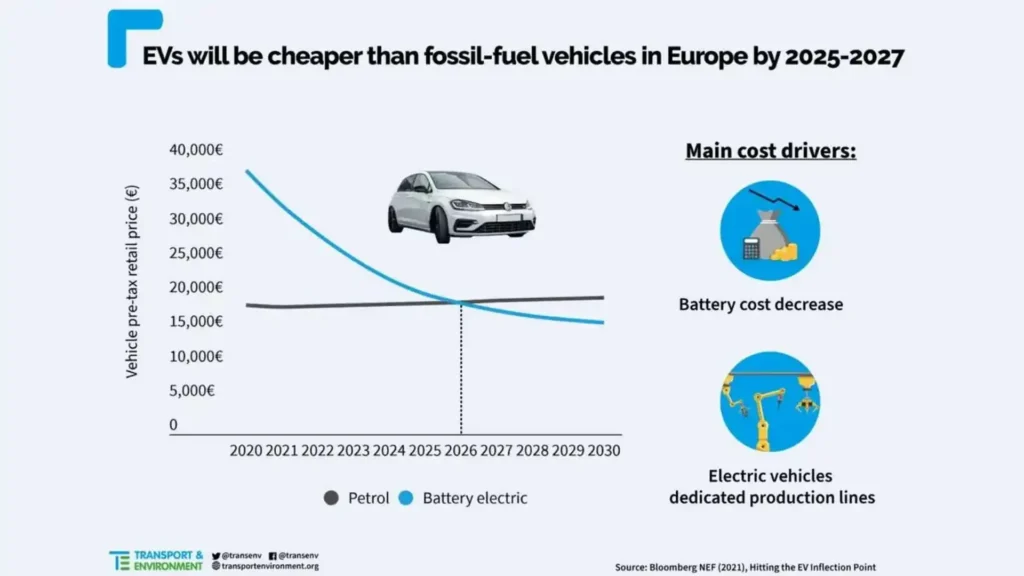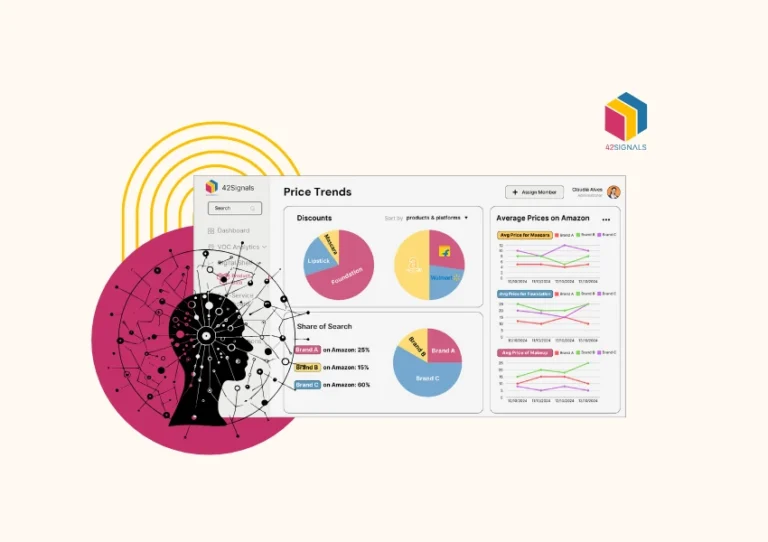Success is not an easy task in the competitive corporate environment of today. Businesses must be flexible to overcome a multitude of obstacles, including increased market saturation and altering consumer demands. So what is price parity? It is one of the essential factors influencing business performance that is occasionally disregarded. Price parity refers to the uniform pricing of goods or services across a range of distribution channels, such as traditional brick-and-mortar stores, online marketplaces, and independent distributors.
This article examines the importance of pricing parity in promoting corporate success and any potential effects on customer happiness, brand loyalty, and overall profitability.

Image Source: LinkedIn
The Impact of Price Parity on Business Success
Maintaining Customer Trust
In order to ensure that clients are treated equitably regardless of the purchasing channel they use, price parity promotes openness. Consistent pricing allows a business to gain the patrons’ trust and build credibility for the brand. For instance, a well-known electronics manufacturer maintains the same price for the most recent smartphone model on its website, at retail locations, and with approved dealers, giving customers peace of mind about reasonable pricing procedures.
Enhancing Customer Satisfaction
Consistent pricing eliminates the risk of customers finding the same product at a lower price elsewhere, which significantly reduces the likelihood of dissatisfaction. A satisfied customer is more likely to become a loyal advocate for the brand and spread positive word-of-mouth, attracting new customers in the process.
Take, for instance, an online fashion retailer that offers the same discounts during seasonal sales across all its platforms, leading to higher customer satisfaction and subsequent repeat purchases. But there are many realistic expectations such as:
- Due to a number of variables, Apple Inc. is famous for its high customer satisfaction ratings. Its dedication to product quality and innovation is one crucial component. Apple consistently produces cutting-edge hardware and intuitive software, delighting its users with smooth interactions. Additionally, the business’s great after-sales service offers fast assistance and swiftly resolves concerns. This is all part of its customer-centric strategy. The seamless integration of Apple’s ecosystem of devices, including the iPhone, iPad, and MacBook, improves user experience and increases consumer happiness.
- The e-commerce behemoth Amazon thrives in customer satisfaction thanks to its unwavering focus on efficiency and ease. Customers throughout the world like the company’s broad product range, quick shipping, and simple return procedures. Customer satisfaction is increased by Amazon’s user-friendly website and personalized recommendations based on past purchases. The quick resolution of any concerns is further ensured by its effective customer service, strengthening good interactions and patronage.
- Zappos’s online shoe and clothes shop is recognized for its top-notch customer support. The business goes above and beyond by providing free shipping and a remarkable 365-day return policy to assure client happiness. Forging a strong emotional bond with clients and developing a sense of trust and loyalty are priorities for Zappos. Its customer service agents are renowned for their friendliness and helpfulness, fostering memorable relationships. Zappos has distinguished itself as a leading example of customer satisfaction in the retail sector thanks to its dedication to providing a memorable customer experience.

Image Source: InsideEvs
Building Brand Loyalty
Price fluctuations can confuse and create a negative perception of the brand. On the other hand, price parity reinforces brand identity by reflecting consistency and reliability. This, in turn, fosters strong customer loyalty. For example, a global coffee chain maintains uniform pricing for its signature coffee drinks, reinforcing customer loyalty by providing a predictable and enjoyable experience at any location.
Streamlining Inventory Management
Consistent pricing across channels aids in managing inventory levels efficiently, minimizing potential discrepancies and surplus stock. Effective inventory management not only reduces operational costs but also mitigates the risk of unsold items, optimizing overall profitability. An excellent illustration of this is seen in a leading sports equipment manufacturer that ensures all its distributors adhere to uniform pricing, allowing better inventory management and minimizing the risk of stockouts or overstocking.
Simplifying Marketing Strategies
Price parity simplifies marketing efforts by providing a standardized pricing framework. Marketing teams can then focus on promoting the product’s unique features and value propositions, rather than navigating complex pricing strategies for different channels. For instance, an online software company maintains consistent pricing for its software across its website, app store, and third-party partners. This streamlines marketing efforts and ensures a clear pricing message.
Conclusion
By fostering customer trust, enhancing satisfaction, and building brand loyalty, consistent pricing across channels can significantly impact a company’s bottom line. Moreover, streamlined inventory management and simplified marketing strategies further contribute to improved profitability and sustained growth.
Businesses that recognize the importance of price parity and integrate it into their overall strategy are more likely to succeed in an ever-evolving and fiercely competitive market. The consistency and reliability associated with price parity not only attract customers but also cultivate lasting relationships, ultimately propelling businesses toward lasting success.
42Signals provides e-commerce analytics data to help brands understand the pulse of the market and make the necessary adjustments to their strategies. This data includes MAP Violations, Seller Intelligence, Voice of Customer Analytics, Brand Comparison Analysis, and much more.
To know more about our product and services, send us an email at sales@42signals.com
Frequently Asked Questions
What is the meaning of price parity?
Price parity occurs when two similar products or services are priced equally, despite any differences in features, quality, or brand reputation. Essentially, it means that consumers perceive both products as having the same value, regardless of their actual differences.
How to find parity price?
To find the parity price between two products, analysts would need to conduct a comparative analysis of each product’s features, benefits, and costs. They may use methods like conjoint analysis, which measures the importance of individual product attributes and calculates the optimal price point for each attribute. Ultimately, the parity price represents the point at which both products offer equivalent value to consumers.
What is the price point parity?
Price point parity is a situation where two competing products have reached the same price level due to market forces or deliberate pricing strategies. At this point, neither product has a significant pricing advantage over the other, making non-price factors like brand reputation, convenience, or service quality potentially more influential in consumers’ purchasing decisions.
What is the parity price system?
The parity price system is a pricing model that aims to maintain consistency in the prices of similar products or services offered by the same company. Under this system, companies strive to ensure that no single product is significantly cheaper or more expensive than others in its class, thus avoiding confusion or dissatisfaction among customers who may expect consistent pricing across a brand’s portfolio.
What is an example of a parity?
A classic example of parity is the rivalry between Coca-Cola and Pepsi. Both colas are similarly priced, positioned, and distributed, leading many consumers to view them as interchangeable alternatives. Despite minor variations in taste or packaging design, most people see little difference between the two products, resulting in frequent switching behavior and intense competition for market share.





